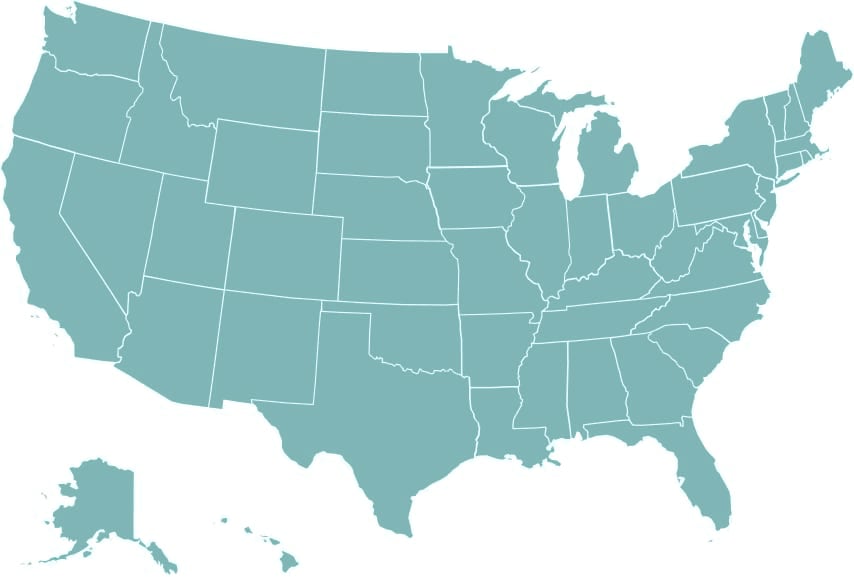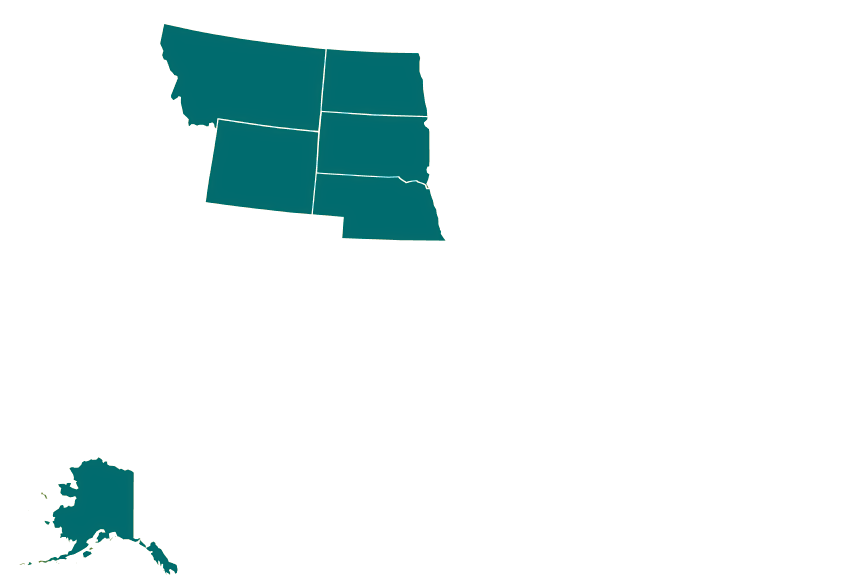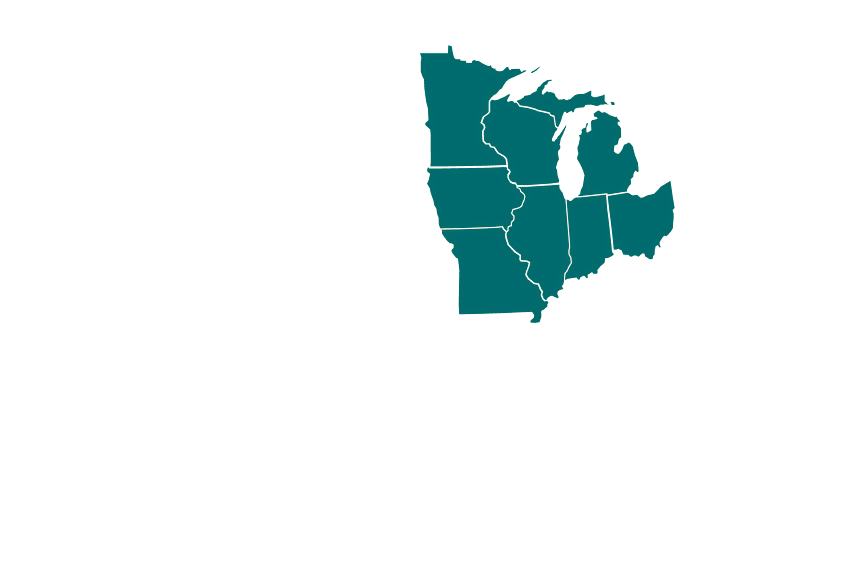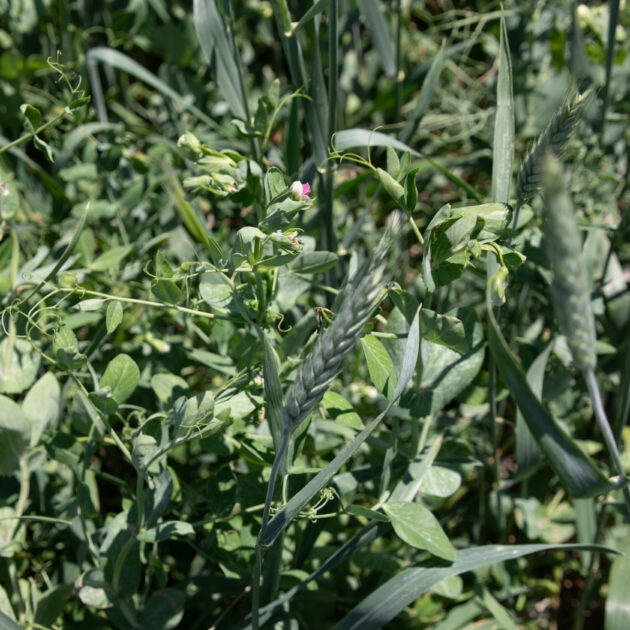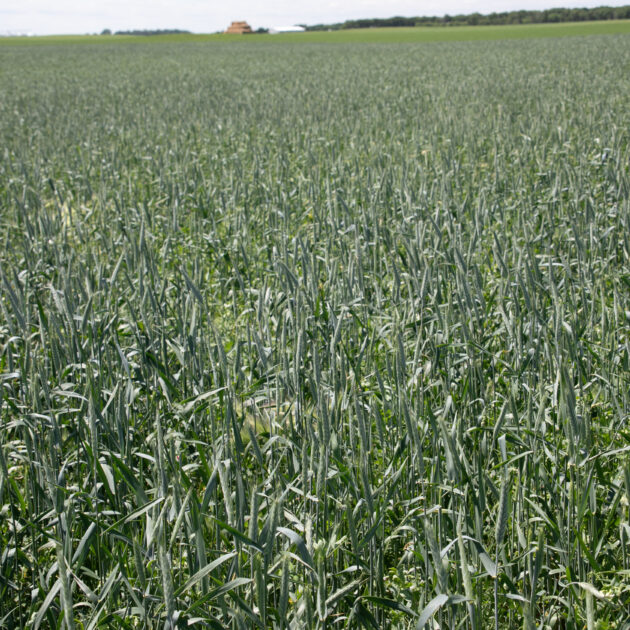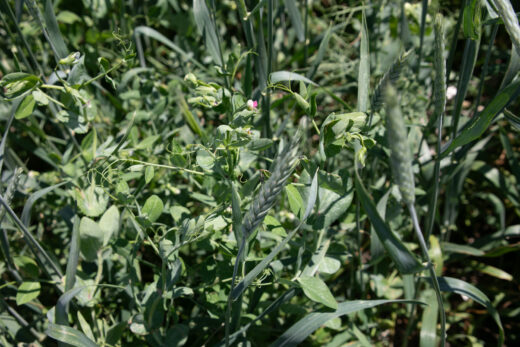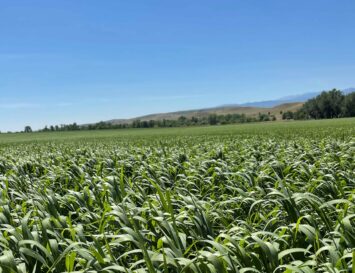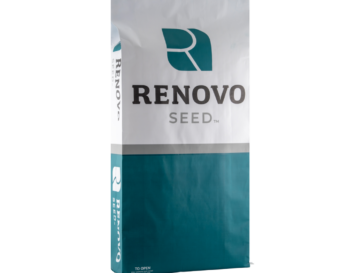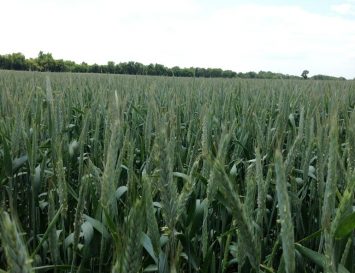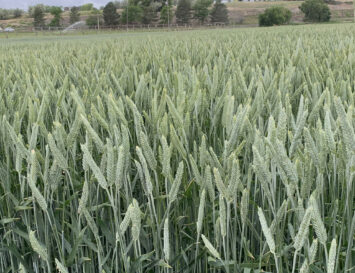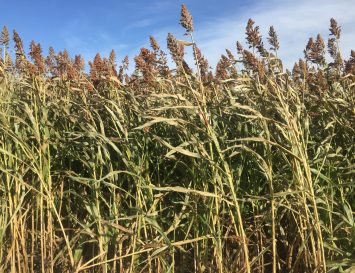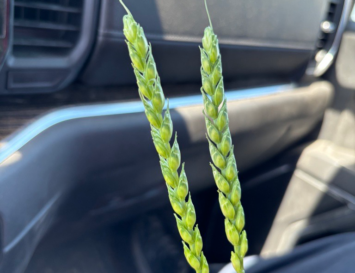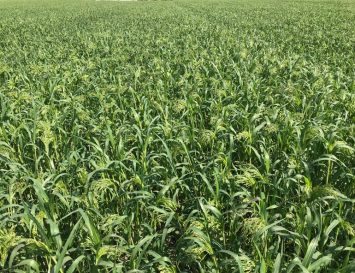Pea/Triticale
$0.45 lb
Need some help? Contact us.
Description
Our 60/40 Pea/Triticale blend is an alternative spring forage option to the other commonly used mixtures of forage peas and small grains such as oats or barley. Spring triticale has advantages in yield while maintaining excellent forage quality. Forage Peas are very high in crude protein and digestibility and have good yield when blended with a grain crop such as triticale that can provide structure for them to grow upwards with. Pea/Triticale blends will be a later maturing spring forage option with excellent yield potential as a hay or haylage crop.
Drilled Seeding Rate | 100 lbs/acre
Product Guide
Planting
- Planting Time: Early Spring
- Both Peas and Triticale can tolerate any light frost that may occur after planting.
- Drilled Seeding Rate: 100 lbs/acre
- Ideal Seeding Depth: 1.5″-2″
Fertility
- Pea/Triticale Mix requires approximately 20 lbs of N, 20 lbs of P₂O₅, and 45 lbs of K₂O per ton of forage produced.
- With adequate soil fertility, this grass/legume mixture should not need additional nitrogen applied.
- If soil fertility levels are low, consider applying 25 lbs of N/acre between planting and mid- to late-tillering of the triticale.
- Do not exceed a total of 25 lbs/a of N+K if fertilizer is placed in-furrow.
Weed Control
- Plant into a clean, weed-free seedbed.
- If weeds are present at planting, consider applying glyphosate before or after planting, but before crop emergence to control
existing weeds. - There are no herbicide options to control weeds after the crop has emerged.
Disclaimer: All products and rates were provided by university-based sources and product labels. Always follow label instructions and consult your local chemical dealer and seed dealer before making any applications or planting of the seed.
Harvest Management
- Hay: Cut when the triticale is in the late boot through milk stages to ensure that it will cure easily.
- Haylage: Cut when the triticale is in the soft dough stage. This allows the peas to form pods as well which increases the feed value.
- Pea/Triticale blends are safe to graze if other harvest options become limited.
- Pea/Triticale blends are commonly followed with a second forage crop such as hay millet, sorghum-sudangrass, or grazing cover crop mixtures.
Multiple Regions
Every acre is different and our goal is to help you know what works best in your area. This 'Growing Regions' section showcases where this species works best. If you have any questions on product placement, feel free to contact our experts and we will help!
